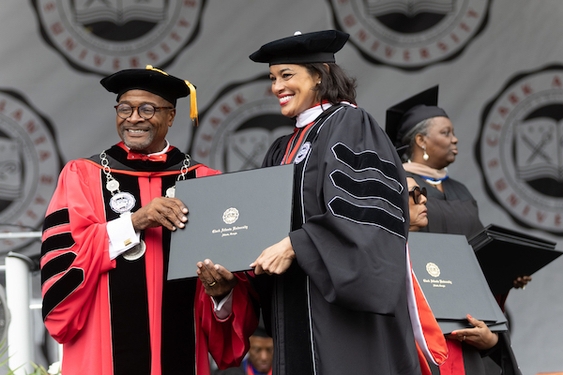A website overhaul that makes it easier for community college students to know which online classes are best for their academic goals is the first tangible product of California’s $59 million push to make cyber college available for all.
State college officials unveiled the new website Monday, two years after lawmakers authorized spending the money over five years and made online education a key part of their plan to transform community college students from aimless course-takers into scholars with an eye toward university transfer.
The colleges offer thousands of online courses. But students complained that information they needed was often hard to find on the old site and that it couldn’t be used where they needed it the most: on their phones. Now it is.
“California may well be one of the largest providers of online education in the country,” said Brice Harris, the state’s community college chancellor. “We have a responsibility to make it good as we can and to provide support.”
The improved website — dubbed the “Virtual Campus” of the community colleges’ Online Education Initiative — is supposed to make it easy for students to find what they need from among more than 19,000 online courses offered at every level: community college, California State University, University of California, and even private schools.
But its main goal is to steer students toward the 2,500 classes that will earn them not merely an associate’s degree, but an associate’s degree “for transfer.” That degree premiered in 2013 and guarantees admission as a junior to CSU. The site “now provides search priorities that can be set for the associate degree for transfer,” said Steve Klein, program director of the Online Education Initiative.
Bold headlines — “Find your career path with an associate degree for transfer” or “Interested in guaranteed admission into a CSU?” — flash across the screen. But California has 2.1 million community students, and backing those promises up with enough courses to make it possible for all students to get the classes they need requires a huge amount of virtual assistance through online classes.
Online enrollment has more than doubled since 2005, from 13 percent to more than 29 percent this year, college officials said. That’s more than 650,000 students.
But the news isn’t all rosy.
Success in online courses is 11 to 14 percentage points lower than in traditional classrooms, says a 2014 study by the Public Policy Institute of California. The study looked at a wide range of students, subjects and colleges and found that students were less likely to complete online courses than those taken in the classroom, and were less likely to pass them.
Rather than give up, the college system — at the urging of Gov. Jerry Brown, a champion of online education — hopes to improve those outcomes. A new Public Policy Institute study with recommendations for the online effort is due out Tuesday.
A big reason students drop out is that they “don’t know what they’re getting into,” said Pat James, executive director of the online education initiative, who has taught online for years. “Very often they think it’s going to be easier. But you have to be self-motivated.”
One student who is self-motivated is Cristina Puente, 18, of Davis who has just graduated from high school and community college at the same time. Puente took all of her college courses online through Foothill Community College and will be a junior at UCLA this fall.
“A family friend who is savvy and technically smart worked alongside me” to sign up for the right courses, she said. “Without her, it would have been more challenging.” The new website, Puente said, “is a tool, like having a counselor. I think that’s wonderful.”
James and Klein said the next step in the online education initiative is to train instructors to do a better job, and to help students learn how to be students in the virtual world, where no one is there to welcome them with an open door and a clock on the wall to say that class is starting.
Nanette Asimov is a San Francisco Chronicle staff writer. E-mail: nasimov@sfchronicle.com
———
©2015 the San Francisco Chronicle
Visit the San Francisco Chronicle at sfgate.com
Distributed by Tribune Content Agency, LLC.




